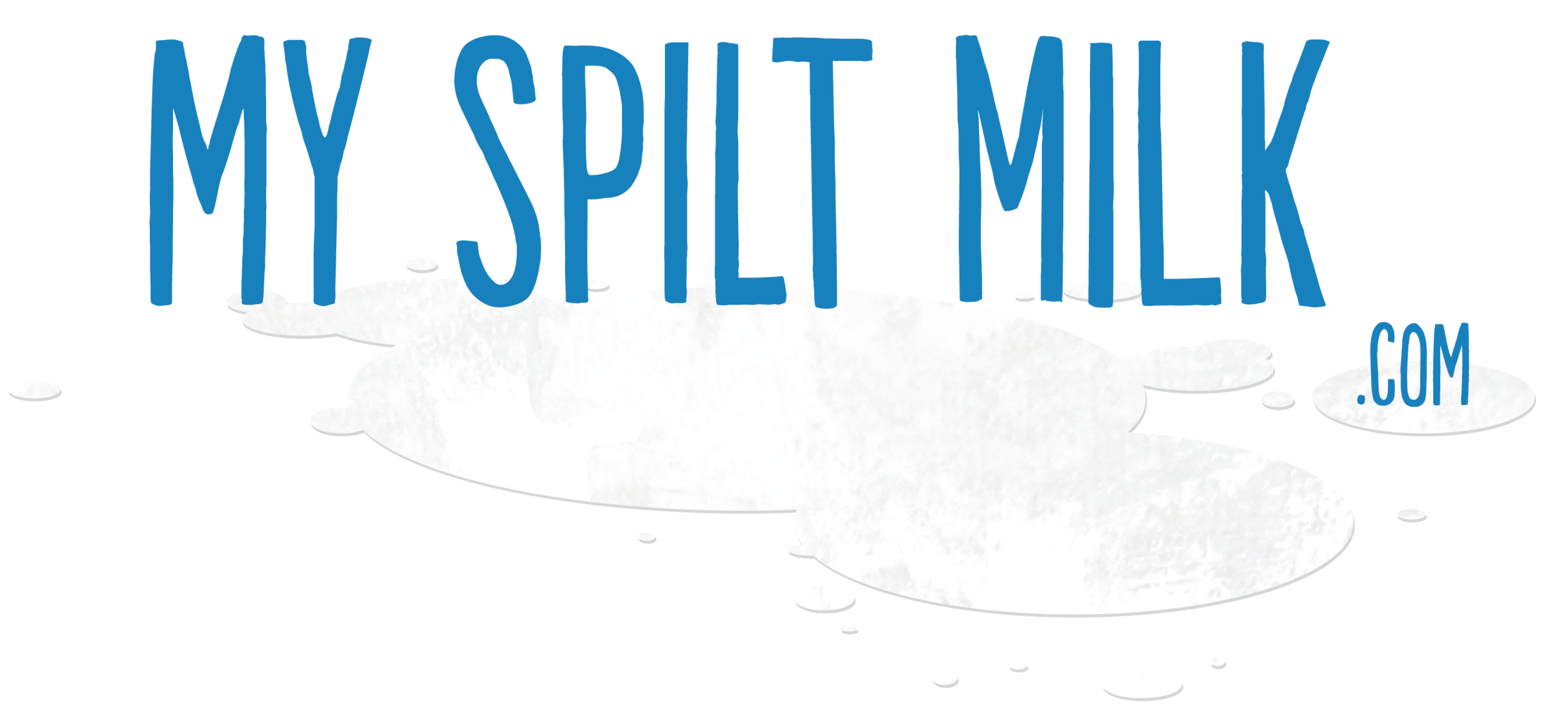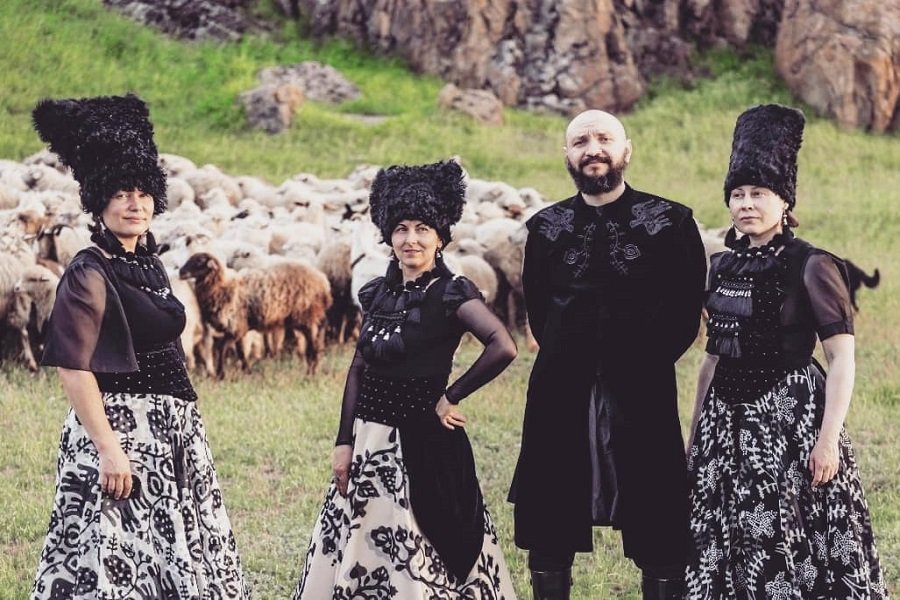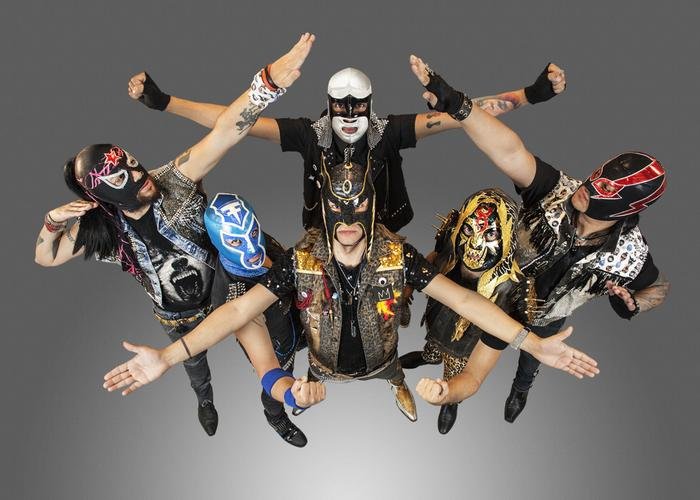Son Rompe Pera Makes Mexican Marimba Music Theirs at Jazz Fest

When Son Rompe Pera from Mexico City played Jazz Fest in 2022, there was no escaping their marimba. It wasn’t a discreet instrument that one person hovered over in the background. Brothers Jesús "Kacho" Gama and Allan "Mongo" Gama stood comfortably side by side next to a marimba the size of a kitchen table that was positioned center stage.
“On the side where Mongo plays, there are basses, like the harmony, to accompany,” Kacho says in an interview. “Where I play, there's the melody, where the music is made, and then the bass really complements the melody. That's what we do. Mongo does the accompaniment, and I do the music.”
In performance, that division of labor makes sense, but it also seems a little more haphazard than that. One brother or the other will step back from the marimba at times, or will stop playing to grab the mic. The marimba itself sounds experienced, like it might be a little worn with a slight buzz attached to some of the notes.
That presentation makes Son Rompe Pera’s marimba music sound like living music and not a recreation of something so traditional that it belongs in a museum. The other instruments support the parts the Gamas play, sometimes with the delicacy and restraint, and sometimes with all the intensity that full sleeves of tattoos might suggest.
When they play Jazz Fest this weekend, they’ll engage in a familar project. Many younger Cajun and traditional jazz bands in Louisiana face the same issues as they play traditional music written by generations past, but how do they play it in a way that reflects them and their generation?
Like many Cajun bands, Son Rompe Pera started as a family affair. Mongo and Kacho were 13 and 11 respectively when they started playing traditional marimba music in their father’s band.
“The marimba that our dad taught us to play, up to three people can play it,” Kacho says. At the time, they didn’t understand traditional music or why it mattered. It was old people’s music as far as they were concerned, but they enjoyed the adventure of playing around Mexico City and the neighboring states, and they liked playing. In the process, they learned about cumbias, cha chas, rock ’n’ roll and other musical forms.
Over time though, their relationship to the experience changed. “At first it seemed like play and then it turned into work,” Mongo says.
After six years of playing the marimba, the Gamas were solidly in their teenage years and liked rebellious, teenaged things. They had skateboards, got tattoos and started to play punk rock. They were fans of Green Day, The Misfits, Rancid and The Clash and formed a psychobilly band–the horror movie-inspired union of rockabilly and punk–inspired by The Meteors, Torment, and Klingonz among others.
That was their music and it offered them something that they didn’t get from traditional music. When they played punk, they felt free to express themselves. When they played traditional marimba music, “we thought we had to be more correct and more disciplined,” Mongo says.
At first, they kept their musical interests separate. They didn’t tell people who played or liked traditional marimba music about their punk band, and vice versa. “We were ashamed to say that we played folk music or cumbia or that we played the marimba to our friends when we were playing psychobilly,” Mongo says.
Son Rompe Pera started to round into form when the Gamas learned that they weren’t alone. Their manager introduced them to Aldo “Macha” Asenjo of the Chilean band Chico Trujillo, which had already successfully gone down the path the Gamas were heading. It played traditional music in a way that respected both the integrity of folk music and the validity of a musician’s take on it. Macha produced their 2020 debut album, Batuco.
The results aren’t as manic as punk might suggest. Son Rompe Pera occasionally gets rowdy during their shows, but more often than not, punk manifests in spirit, intensity, and Misfits t-shirts, not speed or noise.
Still, Son Rompe Pera discovered the same thing that many artists who have crossed genres learned, that people who like to think of themselves as open-minded become purists when someone messes with the music they love. Fans of marimba music weren’t prepared for a more aggressive presentation, and punks didn’t want to hear folk music mixed into their music.
“In Mexico and parts of the world, I think, they don't accept much of it, like the combination of adding Latin elements to rock vibes,” Mongo says. Time has been on their side, though. “I think they're more accepting these days.”
Time has also helped the Gamas see the value of the folk music that their father taught them. The Internet’s ability to break down national boundaries means that the only remote places are those without connectivity, and traditions that once thrived in isolated regions are challenged by incursions from the dominant entertainment culture. Songs that were once a source of embarrassment have become a body of material they now feel a responsibility to preserve because they have seen its inspirational power.
“We don't want to lose the folk music that we learned because I think if we lose the folk music in the band, then Son Rompe Pera would not exist,” Mongo says.
As the Gamas grew older, they realized that few people that they knew played the marimba anymore, and that this repertoire was fading away.
“Little by little we began to understand the importance of folk music, of the songs, of the rhythms that we had and that we were getting to know,” Kacho says. “Now I think that it's part of our lives to have and listen to folkloric marimba music, traditional music and things that we add to the musical ideas that we have because we can combine a rock with folk music or cumbia or whatever.”
“I think, like Mongo said, the fundamental part is not to forget about folk music so that we can continue transmitting it, right? The marimba is a folk instrument, so we also really like to do folk music.”
Thanks to Jimena Arauz for translation help.
Creator of My Spilt Milk and its spin-off Christmas music website and podcast, TwelveSongsOfChristmas.com.






